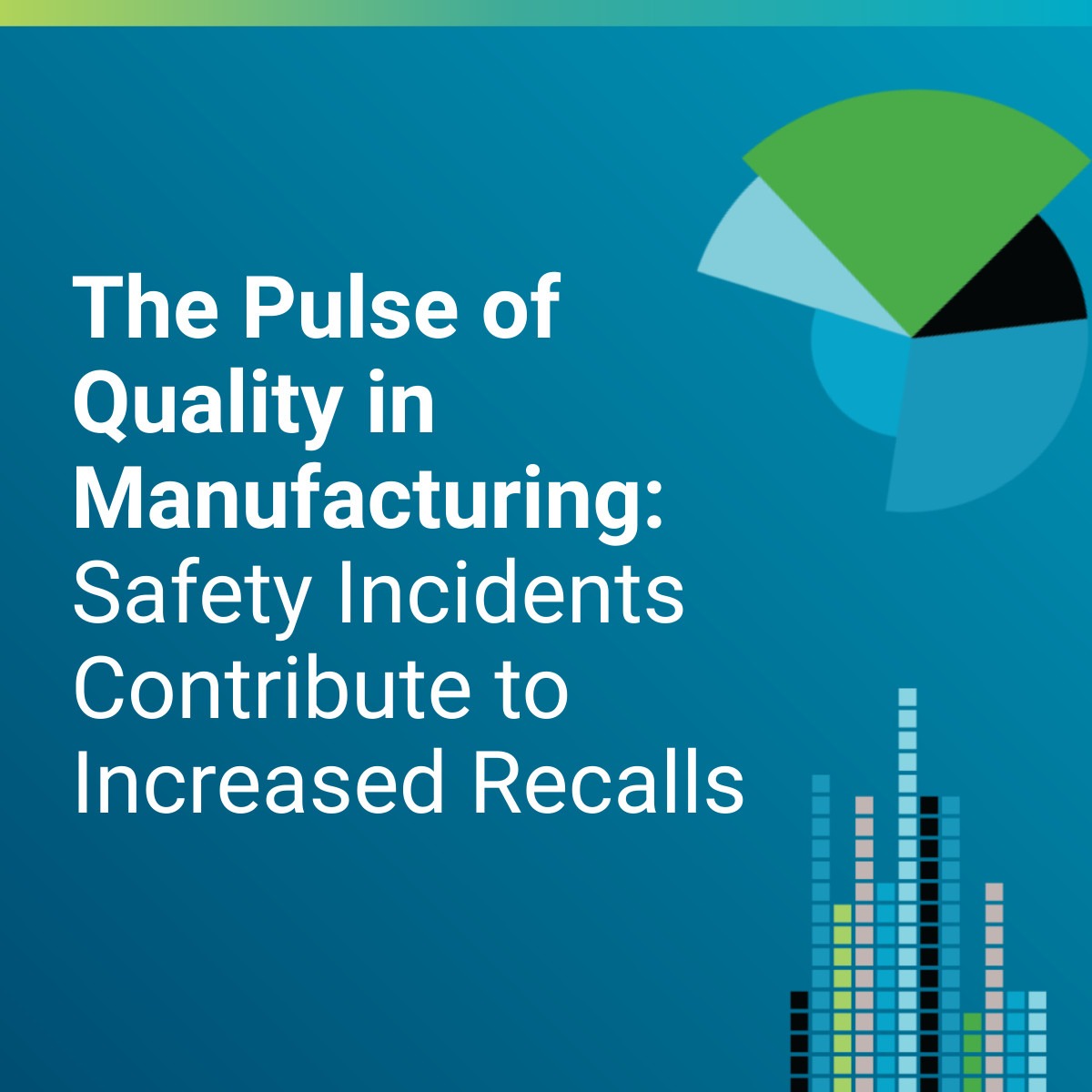Data can be a gift and a curse when it comes to operational excellence. For some companies, ineffective practices make data a barrier to improvement, with too many data points and metrics obscuring the most strategic course of action.
At the same time, data is also a key enabler of operational excellence, helping businesses make sense of the vast quantities of information generated in today’s manufacturing environments. All told, a full 85% of companies aim to be data-driven, yet little more than a third of them are successful.
Today, we’re looking at four ways companies can better leverage data for operational excellence, looking at elements like predictive capabilities, supplier quality management and measuring effectiveness.
Understanding the Four Types of Big Data
Operational excellence has many definitions, with the simplest being where an entire organization collaborates on achieving successively higher levels of quality, efficiency and performance.
Built on the idea that what get’s measured gets managed, data-driven operational excellence requires a solid understanding of the four types of Big Data:
- Descriptive analytics provide information on what’s already happened.
- Diagnostic analytics show why it happened.
- Predictive analytics describe what’s likely to happen in the future.
- Prescriptive analytics tell you how you can change it.
Like anything in quality management, it’s about making a shift from reactive strategies focused on fixing problems to a proactive approach that heads them off before they ever happen.
Uncovering Leading Indicators
Leading indicators fall into the category of predictive and prescriptive analytics, and are a critical part of forward-thinking approaches to preventing quality problems.
Compared to lagging indicators that highlight outcomes or results, leading indicators reflect process inputs that impact those results. Below are a few examples:
Leading indicators Lagging indicators
Audit frequency Costs (e.g., quality or injury costs)
Number of near-misses reported Incidence rate
Training assessment scores Defects and complaints
How do you identify leading indicators? Comparing historical data, you might determine that safety incidents decline as the frequency of safety walkthroughs increases. Or maybe you discover that defects start creeping up when the number of overdue maintenance requests increases.
The point is that you’re making the correlation—and that you take action when your leading indicators show things are about to take a negative turn. You can apply this strategy to virtually any quality or safety process, from equipment maintenance to corrective action, employee training and audits.
Improving Supplier Quality
Today’s business model relies heavily on suppliers, making supplier quality a core element of operational excellence. Managing suppliers at a high level reduces risk in several areas, including financial, reputational and public health risks.
Companies that are on the path towards operational excellence take a proactive approach to supplier quality data. Not only are they watching traditional metrics like on-time delivery and defective parts per million (PPM), they also effectively use that data to make business decisions.
For instance, a supplier with virtually zero defects will have a different set of inspection rules than a supplier that contributed to a major quality escape. Armed with robust supplier data, companies can also benchmark suppliers to improve performance and work closely low performers to improve quality.
Measuring Effectiveness
Operational excellence requires an authentic commitment to quality, as opposed to a “check the box” approach that’s common in many types of organizations today.
Part of going beyond compliance-based strategies is not just ensuring that things are done, but also that they were effective. Ultimately, this is the cornerstone to continuous improvement and in turn, operational excellence.
How can you leverage data to measure effectiveness?
- Tracking recurrence of defects and safety incidents.
- Adding assessments to Employee Training modules.
- Measuring residual risk before closing out corrective action requests.
- Using Enterprise Risk Management tools for a high-level view of risk data across different areas of the organization.
When you get down to it, you can’t have operational excellence without effectively using your data. Efficiency, quality, consistency—these are all things that it takes careful monitoring and measurement to manage. Operational excellence is a process, not an event, one that’s only possible with a commitment to quality and fully leveraging your data.


